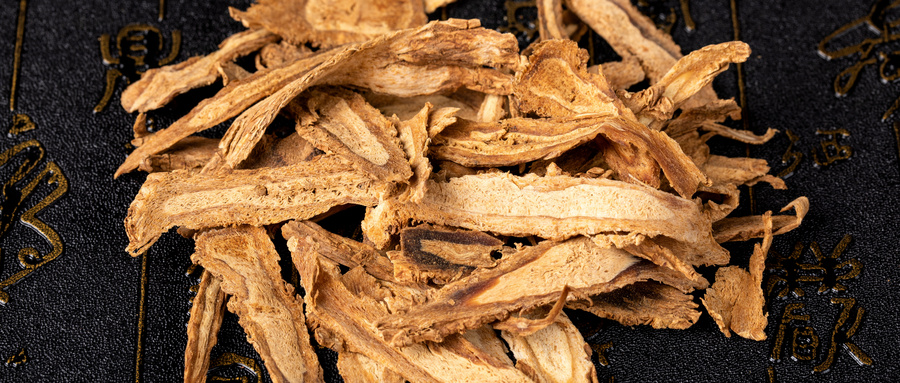Epilepsy, also known as "yangjiaofeng" in Chinese, is a chronic recurrent transient brain dysfunction syndrome. Epilepsy is one of the common neurological diseases, with a prevalence rate second only to stroke. The incidence of epilepsy is related to age. It is generally believed that the highest incidence is within one year old, and then gradually decreases after the age of 1-10. Traditional Chinese medicine has effective treatments for epilepsy. The specific methods are as follows:
1. Scorpion
Scorpion has a pungent and slightly warm taste. It enters the liver meridian and can extinguish wind, stop spasms, promote blood circulation, relieve pain, and detoxify. It is suitable for convulsions caused by wind pathogen, characterized by convulsions during onset. It is praised as the essential medicine for stopping spasms.
Scorpion contains scorpion toxin, which is a toxic protein. It can paralyze the respiratory center and has a hemolytic effect. Experimental evidence has shown its anti-convulsive effect.
It is important to note that scorpions are toxic, so the dosage should be carefully considered when using it. Commonly used dosage: generally 2-5 grams (or 1-3 scorpions), 1-2 grams of scorpion tail.
2. Cicada Slough
Cicada slough has a sweet and cold taste. It enters the liver and lung meridians. It can dispel wind-heat, cool the liver, extinguish wind, and stop spasms. It is commonly used for convulsions and seizures.
The main component of cicada slough is chitin. Animal experiments have shown its sedative, anti-convulsive, antipyretic, anti-allergic, immunosuppressive, analgesic, and neuroganglionic blocking effects.
Commonly used dosage: 3-10 grams, decoction or powdered form. What are some folk remedies for treating epilepsy?
3. Silkworm
Silkworm has a salty and pungent taste. It is neutral and enters the liver and lung meridians. It has the effects of extinguishing wind, stopping spasms, dispelling wind, clearing heat, resolving phlegm, and dispersing masses. It is suitable for epilepsy caused by liver wind and phlegm heat.
Silkworm mainly contains proteins and fats. Animal experiments have shown its anti-convulsive and hypnotic effects.
Commonly used dosage: 3-10 grams, powdered form, taken orally, 1-1.5 grams each time.
4. Centipede
Centipede has a salty and warm taste. It enters the liver meridian and has the effects of extinguishing wind, stopping spasms, promoting blood circulation, relieving pain, and dispersing toxins.
It has a strong effect in stopping spasms, and is suitable for convulsions and seizures caused by epilepsy and facial and eye deviations.
Centipede contains two toxic substances similar to bee venom, namely histamine-like substances and hemolytic proteins. It has certain toxicity, and experimental evidence has shown its central inhibition, anti-convulsive, and analgesic effects. Its antispasmodic effect is stronger than scorpion.
Commonly used dosage: 1-3 grams (1-3 centipedes), half the dosage for pills or powder form, powdered form taken orally, 0.6-1 gram each time.
People with epilepsy should avoid foods that can induce seizures:
1. Sheep meat, dog meat, rooster, wild duck, carp, and other foods that induce seizures should not be consumed excessively.
2. Strong alcohol, strong tea, and coffee should be strictly prohibited.
3. Spicy seasonings such as pepper, chili, mustard, scallion, and garlic should be limited in appropriate quantities.












